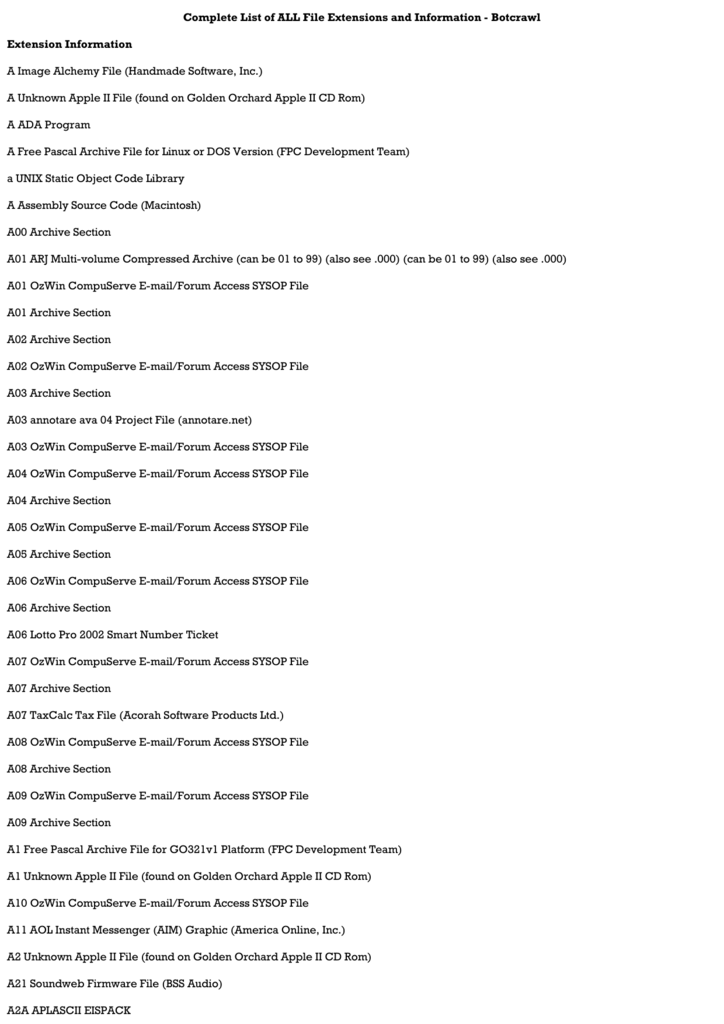- Quantum Robot - Indev Mac Os X
- Quantum Robot - Indev Mac Os Pro
- Quantum Robot - Indev Mac Os Download
- Quantum Robot - Indev Mac Os Catalina
Gazing at quantum computing-powered applications of the future, we frequently look to the technology's potential to solve computationally-intensive mathematical problems, which could lead to breakthroughs in drug discovery, logistics, cryptography, and finance.
READ NEXT
Delta pursues quantum computing ‘blueprints' in air travel
But what could be the impact of combining quantum computing with increasingly advanced, AI-driven robotics?
Bitcoins, quantum processors, free operating systems, and non-cloud computing. If you trust WIRED's readers — and we certainly do — this is the future of the business. Here are the most. A brand-new paradigm of robots-quantum robots-is proposed through the fusion of quantum theory with robot technology. A quantum robot is essentially a complex quantum system which generally.
A research paper by Bernhard Dieber and other academics entitled Quantum Computation in Robotic Science and Applications, explores how quantum computing could augment many tasks where robots are faced with intensive computational tasks, where typically general-purpose GPUs have been used to handle intensive tasks.
Quantum by Emergence Audio is Soundware (samples or presets that load into other products) for macOS and Windows. According to a research report 'Quantum Computation in Robotic Science and Applications' by Bernhard Dieber, we acknowledge that the possibilities, as well as new approaches to known problems, will enable the creation of even more powerful and intelligent robots that make use of quantum computing cloud services or co-processors.
While we may not see the arrival of quantum-powered robots in the coming decade, the paper cites how the emergence of cloud-based quantum computing services and even quantum co-processors (QPUs) could work in tandem with classical CPUs to advance the development of even more powerful and intelligent robots.
The report sheds light on some of the potential areas in which quantum computing could enhance the current robotics technology available to us.
# 1 | Enhancing robotic senses
Today's autonomous robots, such as those on use in the manufacturing production line, often rely on computer vision in order to make assessments about their environment. Deployed to tasks which can include identifying faults on part of a jet engine, for example, these systems have to compute results on millions of pixels.
Quantum image processing (QIMP) could emerge as a way of better understanding visual information, and store and process this data more efficiently, with quantum properties such as entanglement and parallelism.
The basic idea is that properties of an image, like the colors at certain positions, can be encoded as qubit-lattices and visualized into quantum image representation, transformations, applications and algorithms required for robotic perception. Starcraft 2 next patch.

QIMP only deals with two-dimensional images presently, which is not sufficient for robotic perception which deals with input from multiple sensors in order to locate and identify objects and environments. Alexa setup app for mac desktop. The report suggests QIMP will continue to develop well beyond traditional equivalents.
# 2 | Replacing ‘traditional' AI?
Quantum Robot - Indev Mac Os X
Traditional AI, in contrast to modern machine learning approaches, is based on formal knowledge representations (rules and facts) and algorithms in order to optimize the robot behavior or mimic intelligent behavior.
AI-applications are frequently used in robotics, like path planning, the deduction of goal-oriented action plans, system diagnosis, the coordination of multiple agents, or reasoning and deduction of new knowledge. Many of these applications use variations of uninformed (blind) or informed (heuristic) search algorithms, which are based on traversing trees or graphs, where each node represents a possible state in the search space, connected to further follow-up states.
Adobe photoshop image editing. Quantum computing can work as an alternative for almost every search algorithm used in robotics and AI applications and reduce complexity. For graph search, for example, there is a quantum alternative based on quantum random walks.
YOU MIGHT LIKE
INNOVATION
Will quantum computing make current cybersecurity practices obsolete?
# 3 | Quantum-powered movement
Efforts have been made in recent years to solve classical robotic tasks using AI as an alternative. In the quantum realm, quantum neural networks could help solve problems relating to kinematics, or the mechanical motion of robots.
The report states how the two levels of control in robotics, abstract task-planning, and specific movement-planning— which are currently solved separately— can be solved in a more integrative way with quantum computing.
Quantum computing could play a role in optimizing the movement of machines, including identifying moments of inertia and joint friction. Such challenges could be addressed with quantum reinforcement learning, with models that can improve themselves, and with 'hybrid quantum-classical algorithms.'
# 4 | Diagnosis and data mining
Even carefully-designed and manufactured robots encounter faults as degradation takes hold over time, or owed to an incomplete knowledge of an operating environment. Methods to detect and specify faults are essential, yet diagnoses of problems— finding the cause of the discrepancy between observed and expected behavior— can be a complex task.

QIMP only deals with two-dimensional images presently, which is not sufficient for robotic perception which deals with input from multiple sensors in order to locate and identify objects and environments. Alexa setup app for mac desktop. The report suggests QIMP will continue to develop well beyond traditional equivalents.
# 2 | Replacing ‘traditional' AI?
Quantum Robot - Indev Mac Os X
Traditional AI, in contrast to modern machine learning approaches, is based on formal knowledge representations (rules and facts) and algorithms in order to optimize the robot behavior or mimic intelligent behavior.
AI-applications are frequently used in robotics, like path planning, the deduction of goal-oriented action plans, system diagnosis, the coordination of multiple agents, or reasoning and deduction of new knowledge. Many of these applications use variations of uninformed (blind) or informed (heuristic) search algorithms, which are based on traversing trees or graphs, where each node represents a possible state in the search space, connected to further follow-up states.
Adobe photoshop image editing. Quantum computing can work as an alternative for almost every search algorithm used in robotics and AI applications and reduce complexity. For graph search, for example, there is a quantum alternative based on quantum random walks.
YOU MIGHT LIKE
INNOVATION
Will quantum computing make current cybersecurity practices obsolete?
# 3 | Quantum-powered movement
Efforts have been made in recent years to solve classical robotic tasks using AI as an alternative. In the quantum realm, quantum neural networks could help solve problems relating to kinematics, or the mechanical motion of robots.
The report states how the two levels of control in robotics, abstract task-planning, and specific movement-planning— which are currently solved separately— can be solved in a more integrative way with quantum computing.
Quantum computing could play a role in optimizing the movement of machines, including identifying moments of inertia and joint friction. Such challenges could be addressed with quantum reinforcement learning, with models that can improve themselves, and with 'hybrid quantum-classical algorithms.'
# 4 | Diagnosis and data mining
Even carefully-designed and manufactured robots encounter faults as degradation takes hold over time, or owed to an incomplete knowledge of an operating environment. Methods to detect and specify faults are essential, yet diagnoses of problems— finding the cause of the discrepancy between observed and expected behavior— can be a complex task.
Quantum Robot - Indev Mac Os Pro
The process of extracting information and identifying patterns from large data sets, data mining is a valuable tool for knowledge discovery in order to diagnose systems, such as identifying sources and reasons for erroneous robot behavior, by mining a robot's log files.
Quantum algorithmic approaches can be well-suited to tackling the heavy data mining and analysis involved, making this crucial process— and the advancement of robotics technology— more efficient as a result.
30 April 2021
Quantum Robot - Indev Mac Os Download
28 April 2021
Quantum Robot - Indev Mac Os Catalina
28 April 2021

